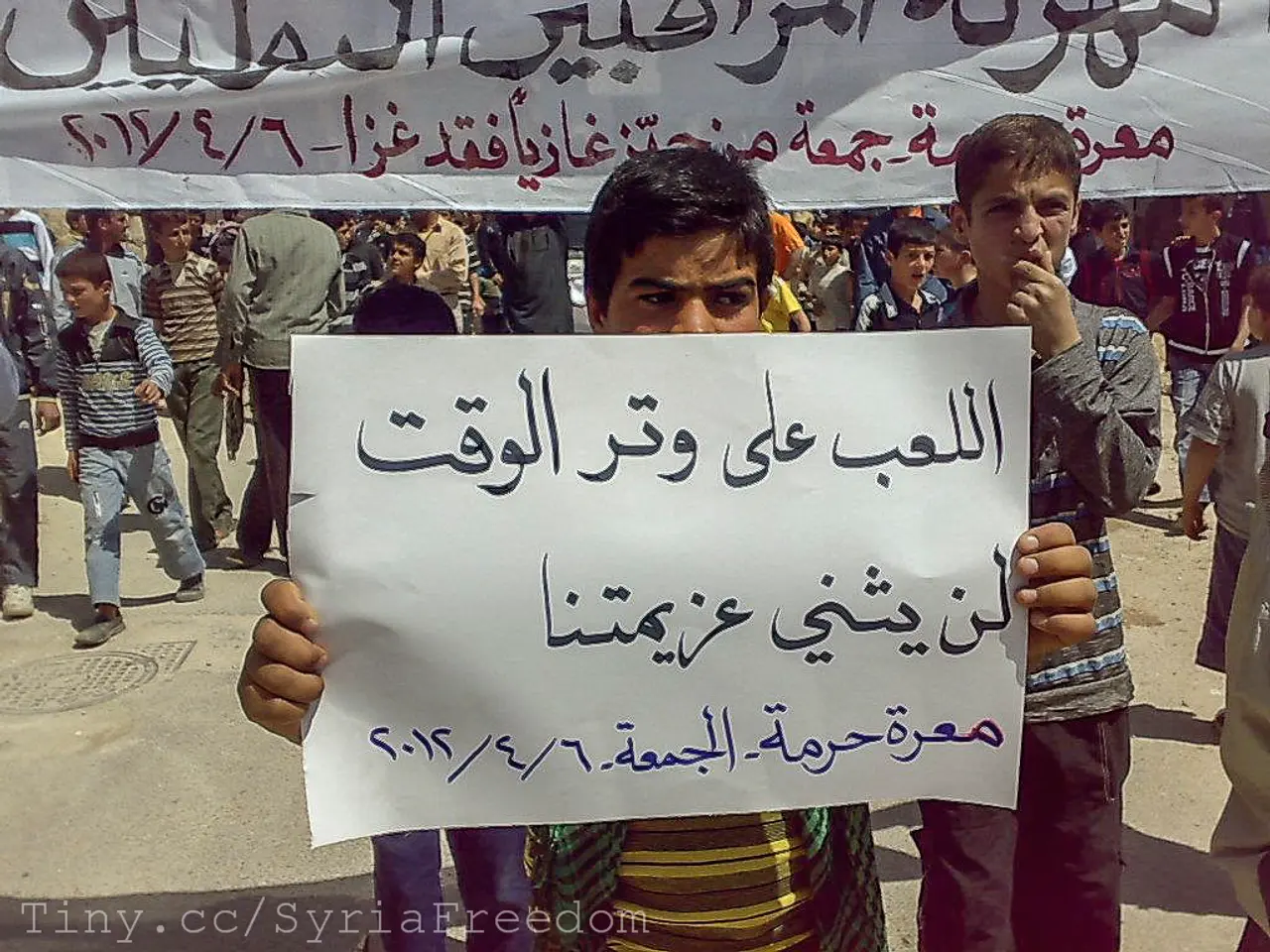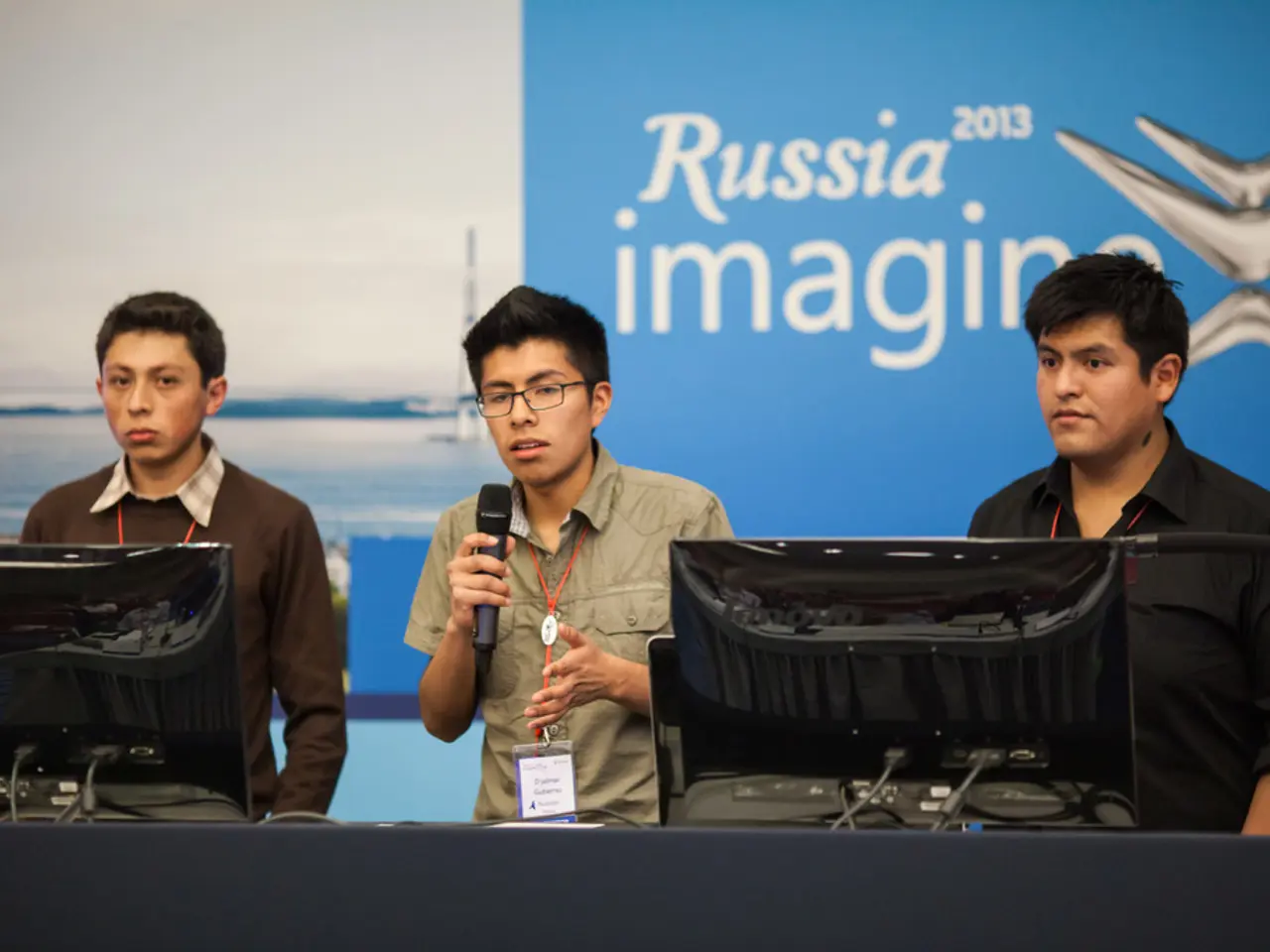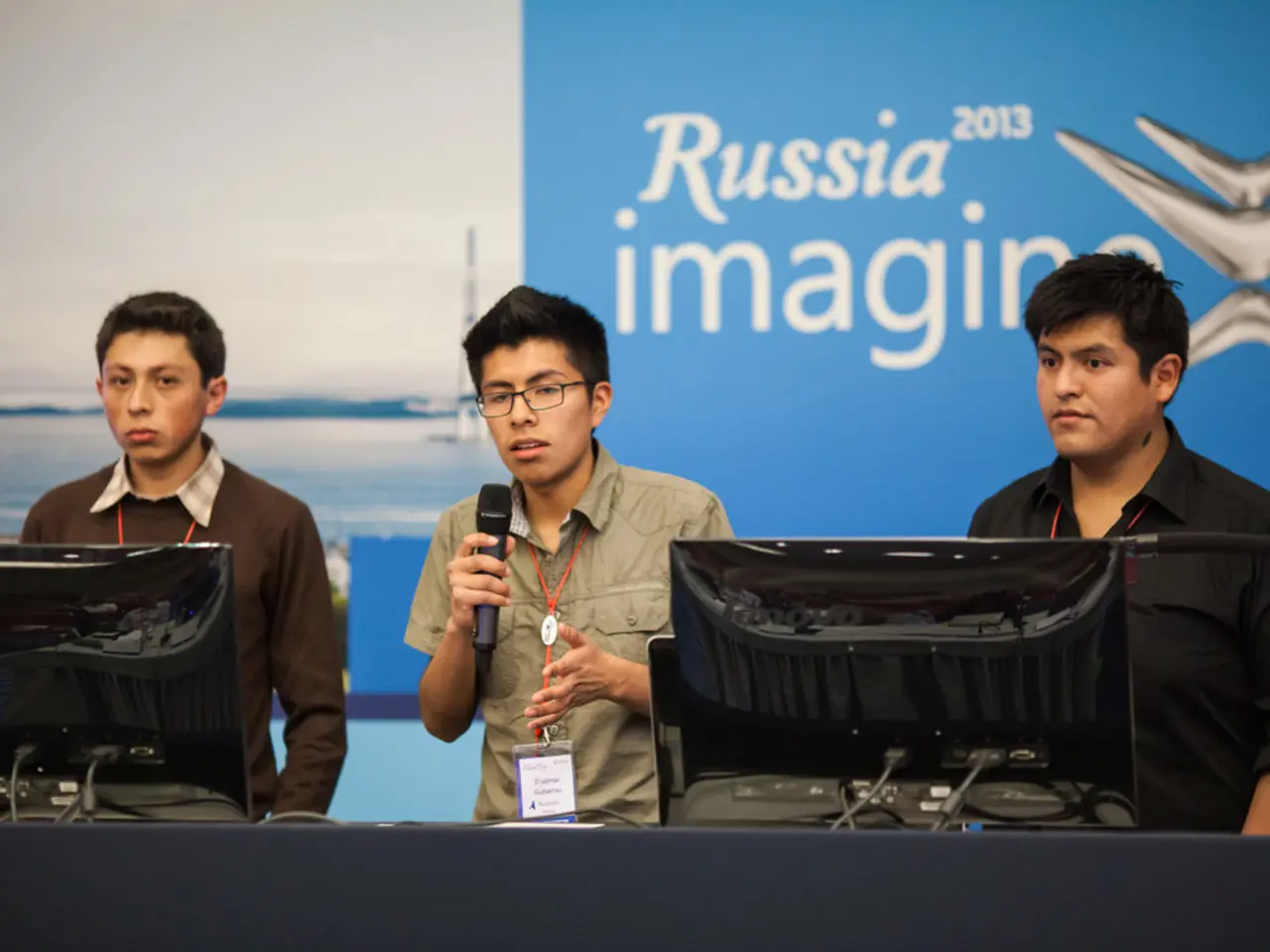Far-right ideologies build momentum through 'emotionology'
In recent news, an article has shed light on the tragic murder of an Algerian nurse in Germany, a shocking event that has resonated deeply within the Muslim community. However, the focus of this article is not on this individual tragedy, but on the broader historical pattern of extreme right hostility towards migrant communities and Muslims in the UK.
The extreme right in the UK has repeatedly drawn on emotions like fear of demographic change, anger at economic and social grievances, and a nostalgic appeal to an imagined, homogeneous past to justify hostility against immigrants and Muslims. This emotional and ideological toolkit has manifested historically in riots, street violence, terror attacks, and electoral politics, creating a consistent pattern of resentment and division across decades.
Let's take a look at some key periods:
- Post-World War I: Returning white soldiers targeted migrant communities in port towns with violent hostility, driven by fears that immigrants would take their jobs.
- The 1950s: White youth gangs called “teddy boys” rioted against recently settled Black Caribbean communities, with extremist groups like the White Defence League and Oswald Mosley’s Union Movement exploiting these tensions.
- The 1970s: The rise of groups like the National Front saw street marches and violent attacks on non-white communities, including fatal incidents such as the stabbing of Asiatic textile worker Altab Ali in 1978.
- Early 2000s: Riots in towns such as Oldham, Burnley, and Bradford were stoked by the British National Party and alarmist local media, again fueled by racist fears and resentment in working-class white communities.
- Recent years: The extreme right continues to stoke similar emotions, as observed in the 2024 riots across Southport, Liverpool, and other areas.
It's important to note that many rioters were not active members of extreme right groups nor highly ideological, but they shared the extreme right's emotionology. In the immediate aftermath of the 2024 riots, online misinformation about the origins and motives of the attacker was spread by far-right networks and "mainstream" voices on social media platforms.
In response to these incidents, the government has appointed a new body to monitor Islamophobia and anti-Muslim hate in the UK. The violence saw rioters express their emotions in the devastation they left behind, targeting mosques, immigration hotels, and the police.
This dark history serves as a reminder of the ongoing need for vigilance and understanding in the face of extremism. As we move forward, it's crucial to challenge and counteract the narratives that fuel hate and division, and to promote inclusivity and understanding instead.
In other news, there are discussions about Labour MPs' opinions about Starmer's pledge to recognize Palestine, the UK's fiscal rules, and rising wedding costs affecting guests. Meanwhile, France is grappling with its own challenges, as articles discuss France's failure to keep its Olympics promises.
Social media platforms have become a platform for far-right networks to spread misinformation about attacks, as seen in the immediate aftermath of the 2024 riots in the UK. The extreme right's emotional toolkit, rooted in fear, anger, and nostalgia, has manifested historically not only in violent riots and terror attacks but also in the realm of entertainment and politics, influencing public opinion through social media.








